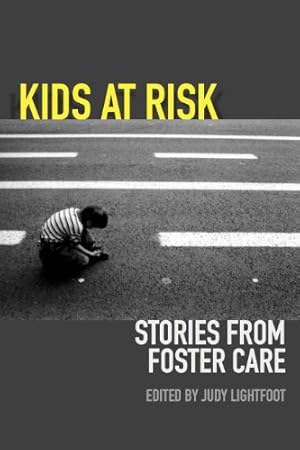Share This
Description
To simulate home, or something close to it - that is, to protect and care for children who, for whatever reason, have lost their parents - we have, over the centuries, institutionalized the kind of foster care that used to happen organically within communities back when mom or dad could die suddenly of plague or influenza, or in a coal mine or a wheat field.
Since those ad hoc days, foster care has grown into a rather sprawling industry. Washington Children's Administration, the state's lead child agency, operates with a $530 million budget and some 2,500 employees, most of them social workers who monitor kids in more than 5,100 state foster homes. There's also a vast private ecosystem of nonprofit groups, specializing in everything from high-end research to baking birthday cakes for foster kids.
A team of Crosscut writers ventured into this world to explore the people, programs, policies, philosophies and, most importantly, the kids and families the system was invented to help: What's working? What's not? How does the system help families stay together? How does it create healthy homes away from home for kids whose families fall apart? "Normalize" a foster kid's life? (It shouldn't take 48 hours and a judge's order to attend a sleepover.) What puts our children "at risk?" And what is "at-risk" anyway?
These are the stories they carried back.
Tag This Book
This Book Has Been Tagged
Our Recommendation
Notify Me When The Price...
Log In to track this book on eReaderIQ.
Track These Authors
Log In to track Claudia Rowe on eReaderIQ.
Log In to track John Stang on eReaderIQ.
Log In to track Judy Lightfoot on eReaderIQ.
Log In to track Kathryn Hunt on eReaderIQ.
Log In to track Mary Bruno on eReaderIQ.
Log In to track Others on eReaderIQ.
Log In to track Zachariah Brown on eReaderIQ.

